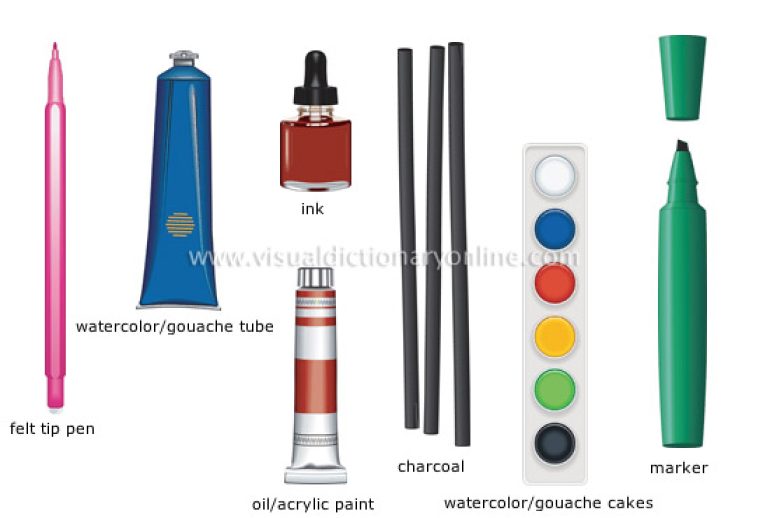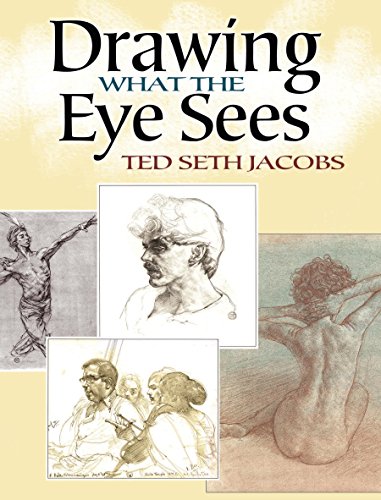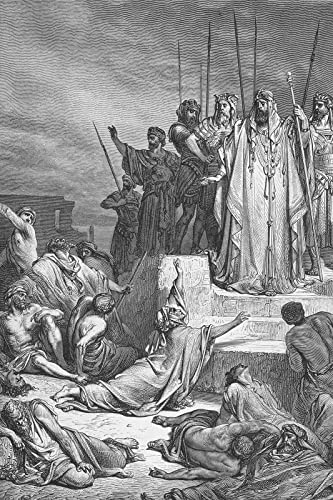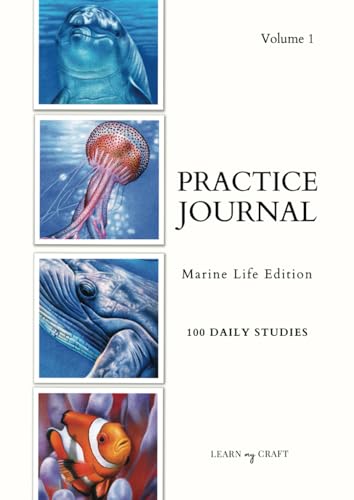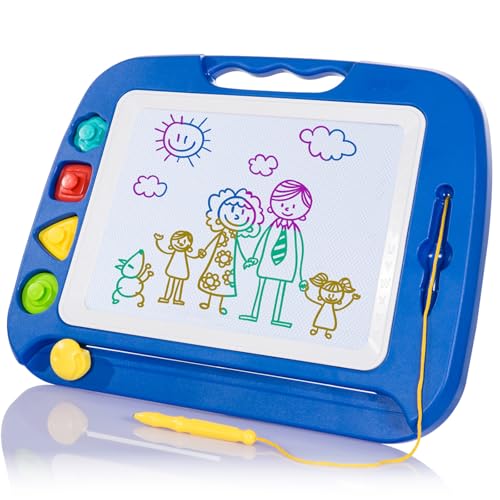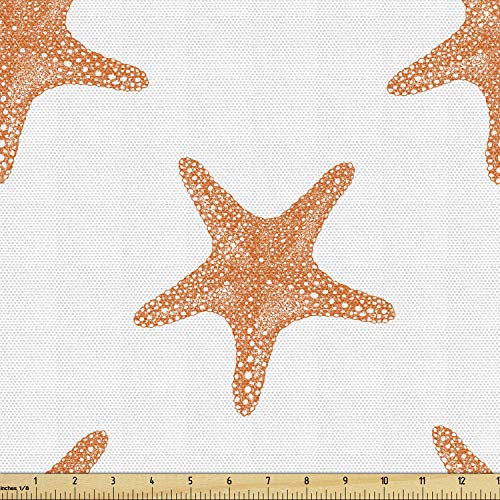Fine art drawing requires specific tools. These tools help artists achieve their best work.
From pencils to erasers, each tool has its unique purpose. Fine art drawing is an intricate process, often requiring precision and skill. The right tools can make a significant difference. They enhance the artist’s ability to create detailed, expressive works.
Whether you’re a beginner or a professional, knowing the essential drawing tools is crucial. In this blog, we will explore the various tools used in fine art drawing. We’ll discuss their uses and why they are important. Stay tuned to learn about the must-have tools for your art journey.
Drawing Pencils
Drawing pencils are essential tools for fine art drawing. They provide precision, control, and versatility. Artists use different types of drawing pencils for various effects and textures. Here, we will explore the most common types of drawing pencils used in fine art.
Graphite Pencils
Graphite pencils are the most traditional drawing tools. They come in a range of grades, from hard (H) to soft (B). Hard pencils (H) produce lighter lines, perfect for detailed work. Soft pencils (B) create darker, bolder lines, ideal for shading and blending.
| Grade | Hardness | Use |
|---|---|---|
| H | Hard | Fine details, light lines |
| HB | Medium | General drawing, writing |
| B | Soft | Shading, dark lines |
Artists often use a combination of these grades to achieve various effects. The right choice depends on the specific needs of the artwork.
Colored Pencils
Colored pencils add vibrancy and depth to drawings. They come in a wide range of colors and are available in two main types: wax-based and oil-based.
- Wax-based colored pencils: These are more common and easier to blend. They are great for layering colors.
- Oil-based colored pencils: These offer a smoother application and are less prone to breaking. They are ideal for detailed work.
Artists can use colored pencils to create vibrant, detailed pieces. They blend well and can be layered to achieve different tones and shades.
Choosing the right type of colored pencil depends on the desired effect. Both wax-based and oil-based pencils have their unique advantages.
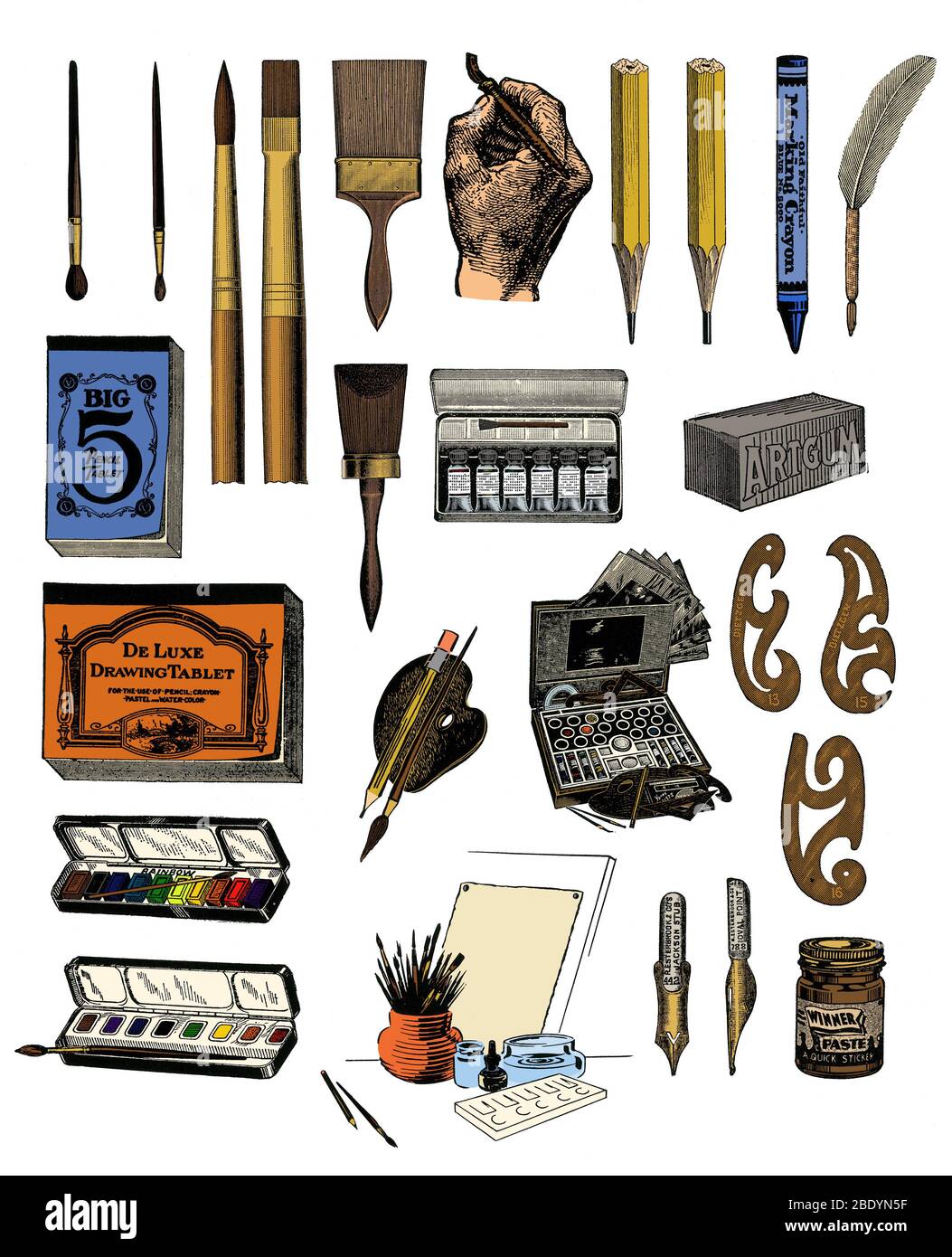
Credit: www.alamy.com
Drawing Paper
Choosing the right drawing paper is crucial for fine art drawing. The paper you select impacts the outcome of your artwork. It affects the way your tools interact with the surface. Here, we will explore the different types of drawing paper, their weights, and textures.
Types Of Paper
Various types of drawing paper are available. Each type serves different needs. Here are some common types:
- Sketch Paper: Lightweight and ideal for quick sketches.
- Cartridge Paper: Medium weight, good for detailed work.
- Bristol Board: Smooth and heavy, perfect for ink and markers.
- Newsprint: Inexpensive and great for practice.
- Watercolor Paper: Heavy and textured, excellent for wet media.
Paper Weight And Texture
Paper weight refers to the thickness of the paper. It is measured in grams per square meter (gsm). A higher gsm means a thicker paper. Here is a guide:
| Paper Weight | Usage |
|---|---|
| 50-100 gsm | Light sketches and practice |
| 100-200 gsm | Detailed drawings and mixed media |
| 200+ gsm | Heavy applications like watercolor |
Texture of the paper, also known as the tooth, affects how the medium adheres. Here are some common textures:
- Hot Pressed: Smooth surface, good for fine details.
- Cold Pressed: Slightly textured, versatile for many media.
- Rough: Highly textured, best for expressive techniques.
Choosing the right paper is essential for achieving your desired artistic effect. Consider both the weight and texture that best suit your drawing style.
Erasers
Erasers are essential tools for fine art drawing. They help artists correct mistakes and create highlights. Different types of erasers serve unique purposes. Let’s dive into some of the most popular types.
Kneaded Erasers
Kneaded erasers are soft and pliable. They can be shaped into different forms. This makes them perfect for detailed work. You can pinch them into a point for tiny areas. Or flatten them out for larger spaces. They do not leave any residue behind. This keeps your artwork clean. They are great for lightening areas without removing all the graphite.
Vinyl Erasers
Vinyl erasers are also known as plastic erasers. They are tougher than kneaded erasers. They are ideal for removing dark marks. They can erase even the toughest pencil lines. Vinyl erasers are long-lasting and durable. They can be cut into smaller pieces for precision work. They do leave some residue, but it can be easily brushed away. These erasers are perfect for bold corrections.

Credit: www.youtube.com
Drawing Boards
Drawing boards are essential tools for fine art drawing. Artists use these boards to provide a stable surface for their work. They help in maintaining the right posture and ensure a clean, flat surface for drawing. There are different types of drawing boards available to suit various needs and preferences.
Portable Boards
Portable boards are perfect for artists who like to work on the go. These boards are lightweight and easy to carry. They can fit into a backpack or art bag. Many portable boards come with clips to hold the paper in place. This makes drawing outside more convenient and enjoyable.
Adjustable Boards
Adjustable boards offer flexibility in your drawing position. You can tilt these boards to different angles. This helps in reducing strain on your neck and back. Artists can adjust the board to suit their comfort level. Some adjustable boards also come with built-in rulers and grids. These features help in creating precise and accurate drawings.
Charcoal
Charcoal is a beloved medium among fine art artists. Its rich, deep blacks and versatile textures make it ideal for drawing. Charcoal can create sharp lines or soft shadows, making it a perfect tool for various artistic effects.
Vine Charcoal
Vine charcoal is made by burning grape vines. Artists love it for its soft, powdery texture. It is easy to blend and erase. This makes it great for sketching and quick studies. Vine charcoal is very responsive to pressure. Light strokes produce faint lines, while firm pressure creates dark marks.
Compressed Charcoal
Compressed charcoal is made by mixing charcoal powder with a binder. This results in a denser, harder stick. Compressed charcoal is less dusty and more durable than vine charcoal. It can produce very dark, bold lines. This type of charcoal is ideal for detailed work and adding deep, rich blacks to your drawings.
Ink Pens
Ink pens are essential tools for fine art drawing. They offer precision and control, ideal for detailed work. Many artists prefer them for their smooth ink flow and fine lines.
Ink pens are a popular choice for fine art drawing. They offer precision and a smooth flow of ink. Artists use them for detailed work and bold lines. They come in various types, each serving a unique purpose.Dip Pens
Dip pens are traditional tools in fine art drawing. They consist of a nib and a holder. You dip the nib into ink to draw. This allows for a variety of line thicknesses. The nibs are interchangeable. This gives artists flexibility. Dip pens are excellent for intricate details.Technical Pens
Technical pens are modern tools for precise work. They have a consistent ink flow. They come in different sizes. This makes them suitable for fine lines and detailed drawings. Technical pens are durable. They are also easy to maintain. Artists favor them for clean and exact lines. “`Blending Tools
Blending tools play an essential role in fine art drawing. They help create smooth transitions, soft edges, and seamless gradients. Artists use these tools to achieve a polished and professional look in their drawings. Let’s explore two popular blending tools: blending stumps and tortillons.
Blending Stumps
Blending stumps are tightly rolled paper tools with pointed ends. Artists use them to blend graphite, charcoal, and pastels. They create smooth transitions between tones. Blending stumps are easy to control and offer precision. They are reusable and can be cleaned by rubbing on a piece of sandpaper. This tool is perfect for detailed blending in small areas.
Tortillons
Tortillons are similar to blending stumps but are more tightly rolled. They have a spiral shape and are shorter. Artists use tortillons for fine details and small areas. They are great for creating delicate shading effects. Tortillons are disposable and inexpensive. They are a must-have for any artist’s toolkit.
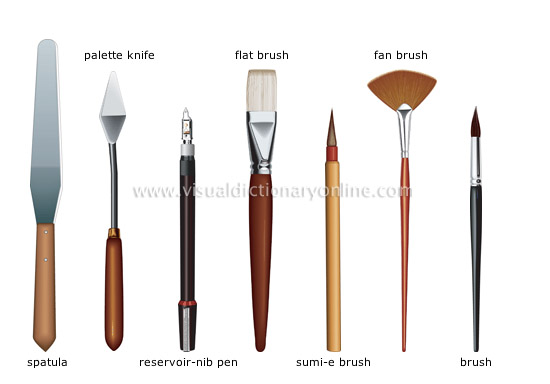
Credit: www.visualdictionaryonline.com
Frequently Asked Questions
What Are The Essential Tools For Fine Art Drawing?
Pencils, erasers, paper, and sketchbooks are essential. They help create detailed and precise drawings.
Which Pencil Grades Are Best For Fine Art Drawing?
Different grades serve different purposes. H pencils for fine lines, B pencils for shading.
Why Is Good Quality Paper Important For Drawing?
Good paper prevents smudging and tearing. It holds the artwork well and enhances detail.
Are Erasers Necessary For Fine Art Drawing?
Yes, erasers correct mistakes and add highlights. They refine and improve the drawing.
Conclusion
Fine art drawing tools offer artists endless creative possibilities. Pencils, charcoal, and ink provide different textures. Paper choice also impacts the final artwork. Erasers and blending tools help refine details. Each tool has a unique role. Experimenting with different tools can improve your skills.
Find what works best for you. Keep practicing, and your art will flourish. Happy drawing!

